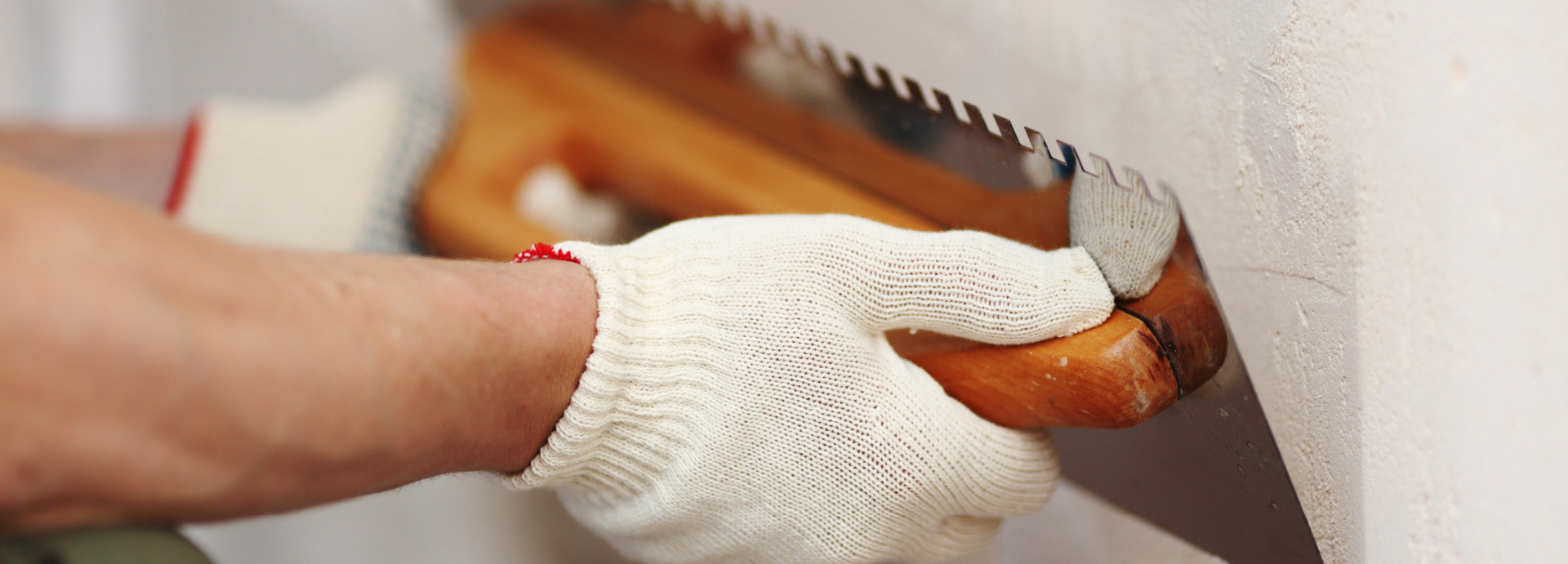Skimming
Skimming, or skim plastering, is a plastering technique which involves applying a thin coat to walls to create the smooth surface required for painting or decorating. Either the skim plaster is applied to an existing plaster finish, or it's used to cover plasterboard. The ‘perfect skimmed finish' isn't easy to achieve, it requires a trained professional who has had years of experience as a plasterer.
Plaster-boarding
Plasterboard is a panel made of gypsum plaster pressed between two thick sheets of paper. It is used to make interior walls and ceilings. Drywall construction became prevalent as a speedier alternative to traditional lath and plaster. Using plaster board to create extra offices or rooms, is a cost-effective way of maximising the space you have – whether it's an office interior, in your home, or even turning your garage into a room
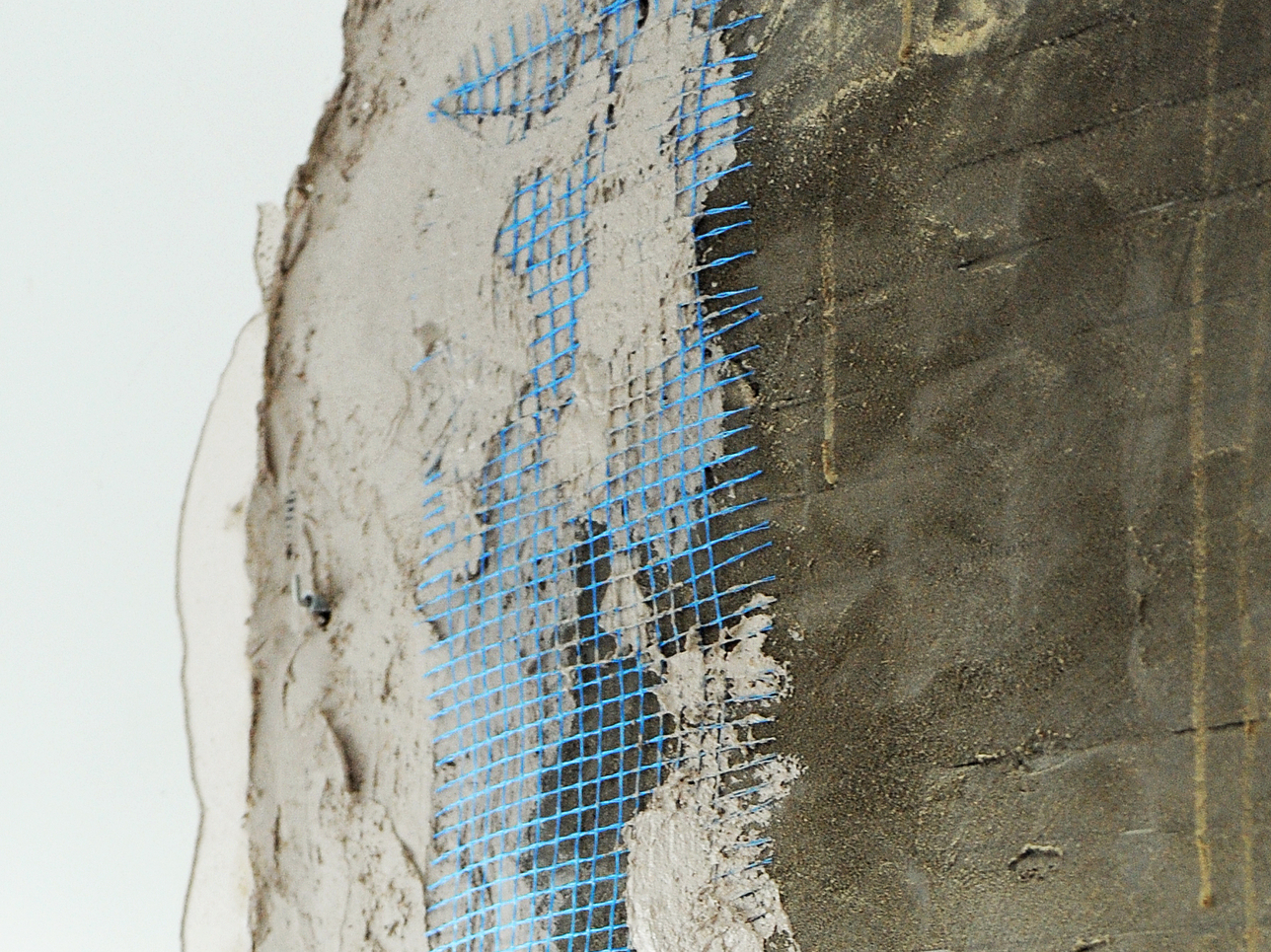
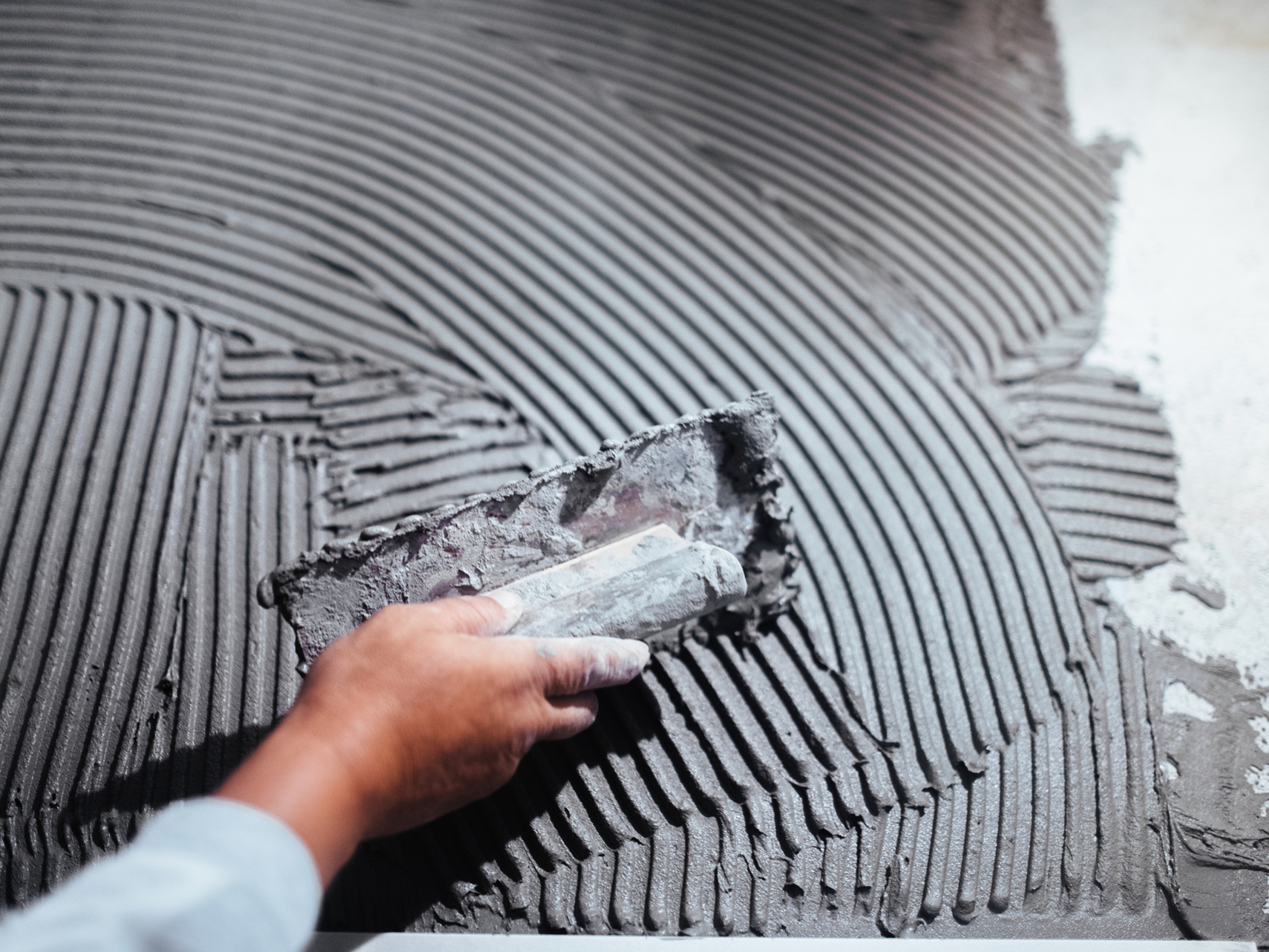
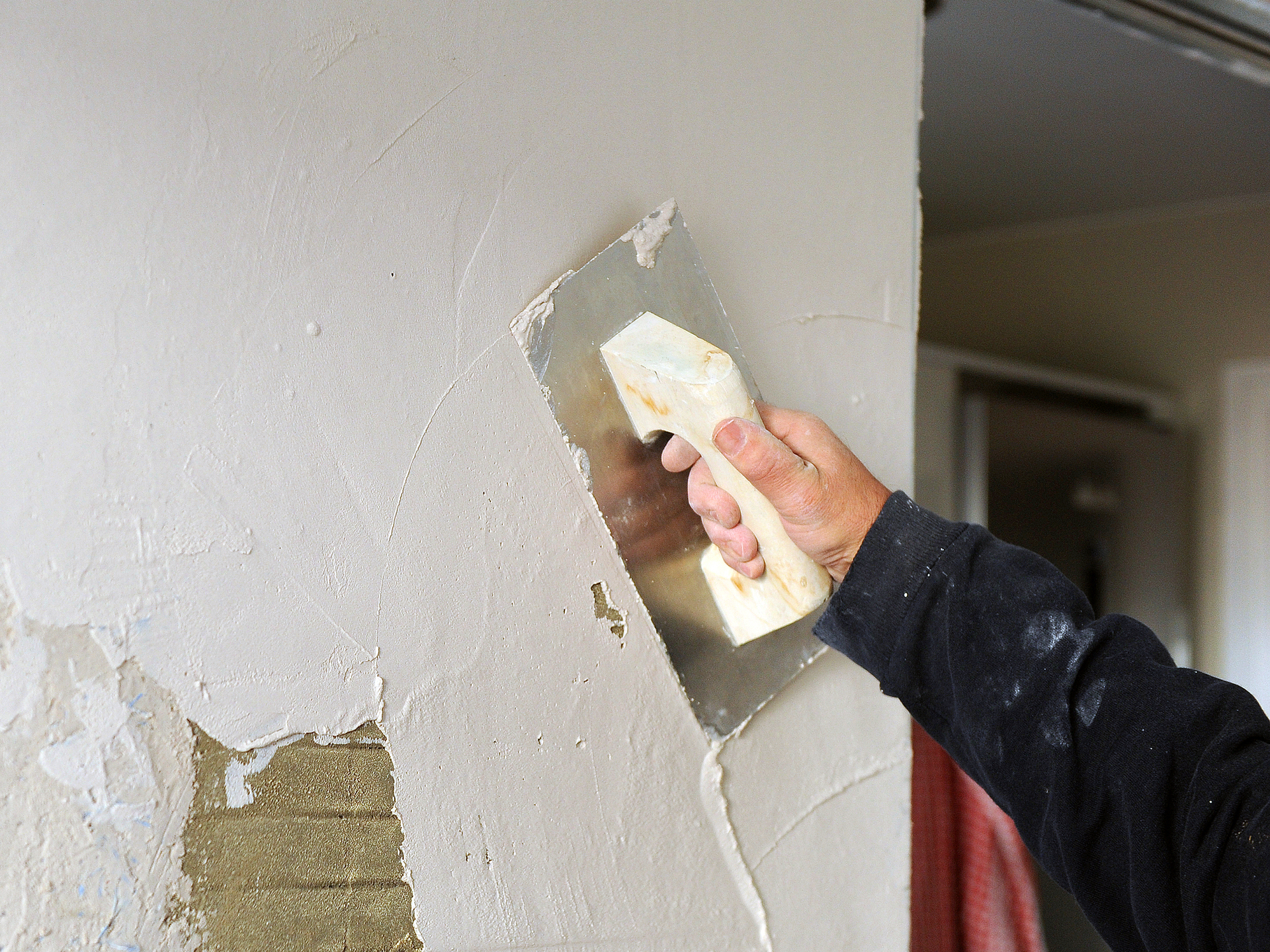
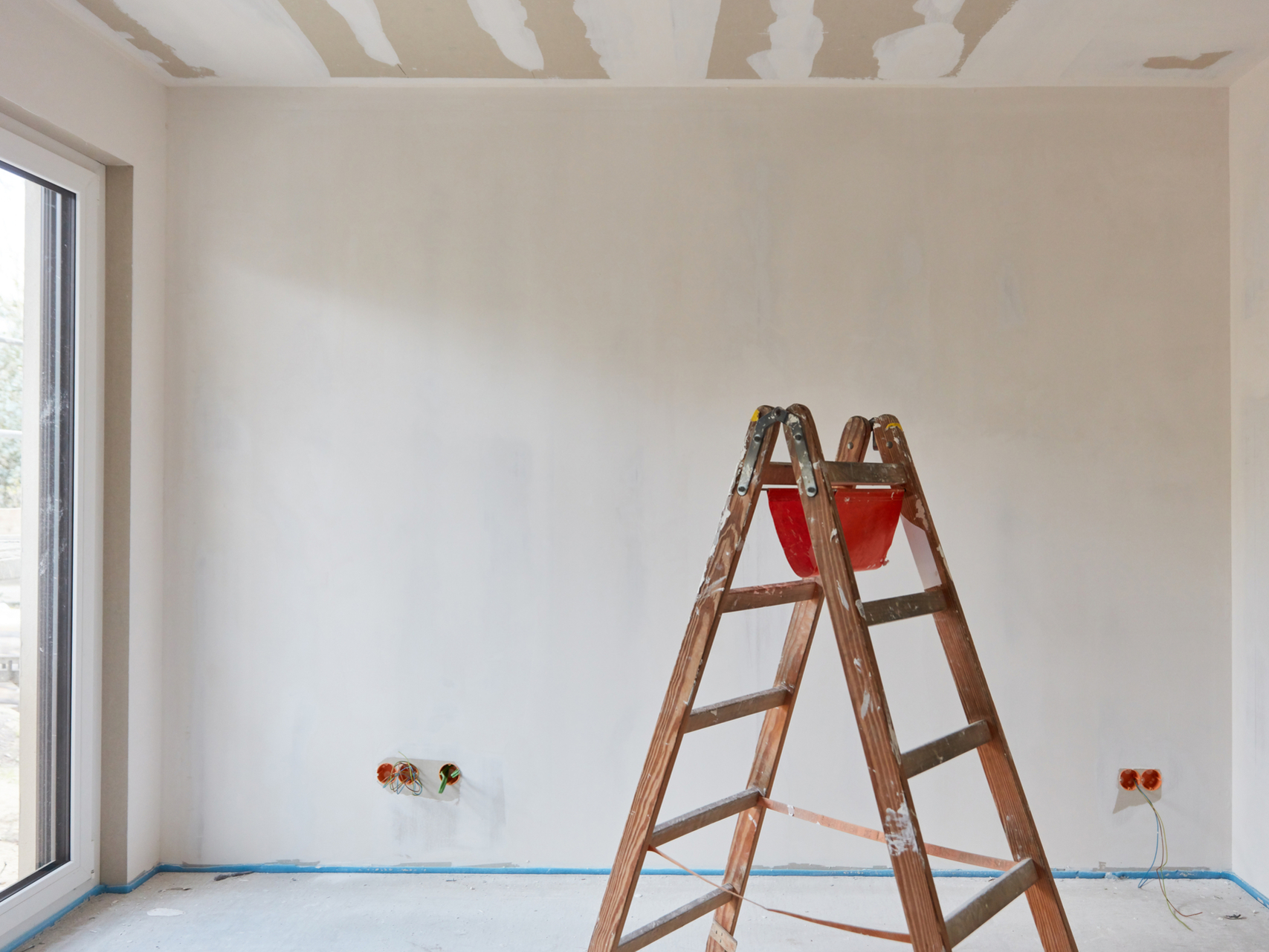
Waterproof and Breathable Plaster
Waterproof and breathable plaster can be applied directly to walls, without a membrane, and prevents the entry of water either side of the plaster. It is completely waterproof and air-permeable which allows trapped moisture to evaporate.
Benefits:
No need for membrane or any other additional layers
Vapour-permeable, allowing trapped moisture to evaporate
Easy to use - no special tools, skills or training
More cost-effective than multi-layered solutions
No bituminous or toxic ingredients
Smooth Cast Plaster Finish
If you want to give your walls a sand-faced finish using fine-grained sand, give it a smooth cast plaster finish. It is ideal for internal coating walls. A mortar is prepared with one part cement and three parts sand. Always use fine sand to get the desired effect. To ensure that the wall gets the best effect, use a wood float or skimming float to apply mortar onto the wall. Most plasterers in Hampshire have years of industry presence and know how to give your walls a levelled and smooth finish.
Rough Cast Plaster Finish
Also known as Float Finish, rough cast plaster finish is rough and course in appearance, this plaster finish is common on exterior stucco applications but French country, Tudor, and sometimes craftsmen utilize it indoors as a plaster finishing technique
Scrapped
Thickly applied plaster layers are scrapped away, revealing air pockets and long scrape marks (the size of the marks depends on the scraping implement used). With similar properties to a pebble dash finish, the scraping technique helps to prevent cracking by revealing air pockets that would have expanded and contracted over time causing cracks to form in the surface; potentially deep cracks.
Depeter
This finishing method incorporates either larger gravel sized stones or flint material in the mix (or combination of the two) to create the end effect. The gravel is nearly completely aligned with small ridges separating each rock row. Commonly applied directly to masonry, this finishing application is good for areas that are damp, or prone to cracking.
Textured
Diverse in nature, the variations of unique textured finishes are virtually unlimited. Plaster is so much more than just a flat, smooth surface. Creative architects and experienced plasterers vary finishing techniques to create interest and draw the eye to different areas within a finished space. Whether finishing an entire space or just a small alcove, differing textures help build depth and complexity.

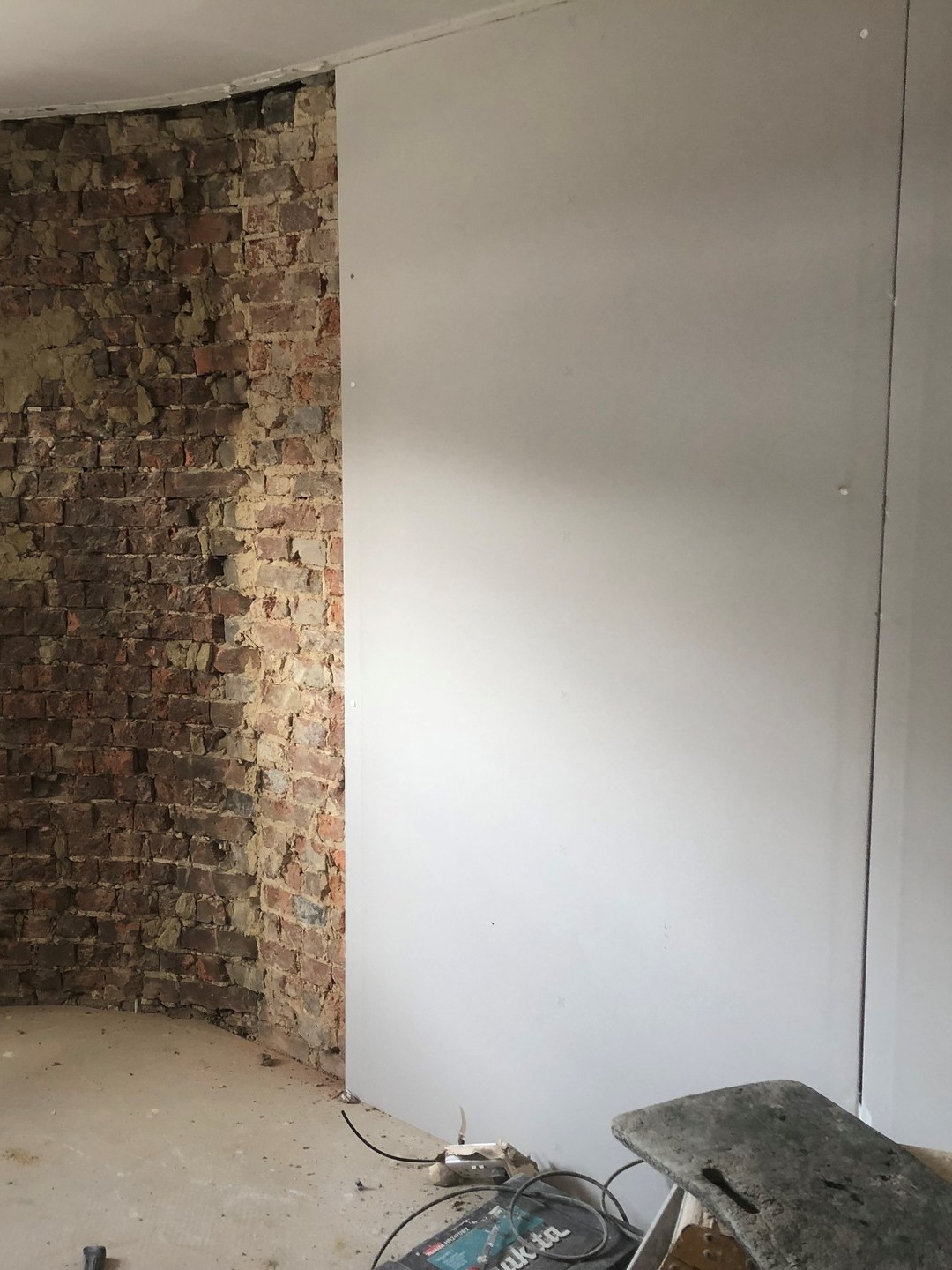


Dot and Dab Dry Lining
Dot and dab, also known as dry-lining is a method used to fix plasterboard to a concrete or brick wall. It involves the act of “dotting” a dry wall adhesive along either the plasterboard or the wall in order to attach it securely.
Float and Set
Float and set refers to a style of plastering sometimes known as wet plastering. It, requires a wet undercoat plaster such as sand and cement or browning/bonding coat which is trowelled onto the walls, usually around 11mm thick. When the undercoat plaster has set to a semi firm state, the skim coat is then applied. The system is much more highly skilled than plasterboard and skim because it requires the wet coat to be screeded off level with a straight edge to a tolerance of 3mm. It is much harder work also due to the amount of constant mixing required. The advantages are that it give much greater sound density than boards, and it is an excellent insulator.
Artex
Artex is a surface coating used for interior decorating. Most often found on ceilings, Artex allows the decorator to add a texture to it.
The name Artex is a trademark of Artex Ltd., a company based in the United Kingdom. The name is a genericised trademark often used to refer to similar products from other manufacturers. Since 2005, the company has belonged to France's Saint-Gobain group.
Request a Quote
Call GJones Plastering on 07812 247397 or 01403 452419


